Let's consider the 2-qubit system where we are applying Hadamard operator to both the qubits and then a CNOT (with the first qubit as the control bit).

With qiskit we can simulate the above system as shown in the code below and see that the results are as per our expectation (the output system is uniform superposition of 4 states with equal probability).
from qiskit import QuantumCircuit, Aer, execute
from qiskit.visualization import plot_histogram
qc = QuantumCircuit(2)
qc.h(0) # |0> -> |+>
qc.h(1) # |0> -> |+>
qc.cx(0,1)
qc.draw()

backend = Aer.get_backend('statevector_simulator')
plot_histogram(execute(qc,backend).result().get_counts())

In order to get the desired states we need to apply a Hadamard gate (H) to the first qubit, a NOT (X) gate to the 2nd qubit and then apply CNOT to have desired entangled states (Bell State):

Simulating the above with qiskit:
qc = QuantumCircuit(2)
qc.h(0) # |0> -> |+>
qc.x(1) # |0> -> |1>
qc.cx(0,1)
qc.draw()

plot_histogram(execute(qc,backend).result().get_counts())







